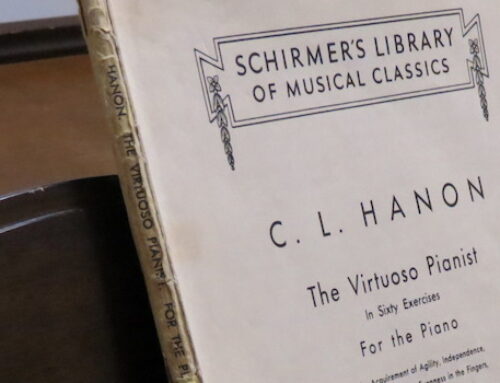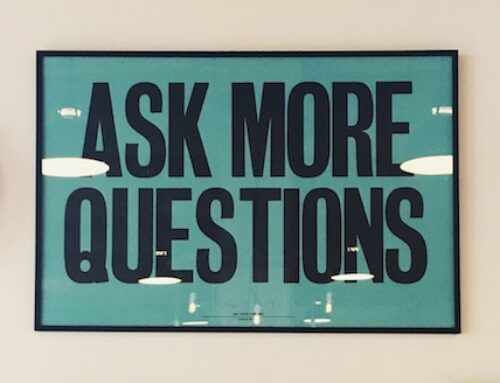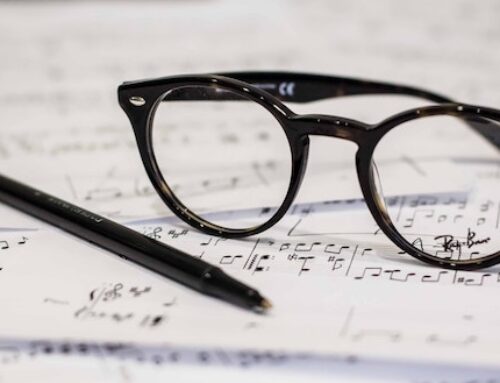My violinist friend and her pianist sister finish playing a short piece for their family’s friends. Making music together is so much fun! “It must be so wonderful having kids who play instruments!” their guests tell my friends’ parents. Their parents look at each other, thinking, “This isn’t what they sound like for hours every day . . . there’s a big difference between playing and practicing.” At least there should be.
Learning to Practice
Have you ever considered that you or your students need to learn to practice? We want to learn to perform, of course, but in order to do that, we first need to learn to practice. If you’re diligent, you might be able to get by for a while with sloppy practicing, but it will probably be frustrating, and when the demands increase, you won’t last long. Time is of essence in music school, which means efficient practice is absolutely necessary.
I’m still learning, but my private piano professor has been absolutely marvelous in working with me on this challenge. I’d like to share some of the things I’ve learned from her and others about efficient practice.
1) Have a Plan
A practice session without specific goals will be mostly a waste of time. Figure out what you need to accomplish in a given amount of time (between now and the recital, this week, today, in these 10 minutes), and make a specific plan. Have a general plan for the larger time-frame, and then get super-specific for each practice session. Make your goals realistic.
Ex. I need to learn and memorize Scherzo from Muczynski’s Suite for Piano over the summer. In order to accomplish this, I need to memorize 4 measures today. This practice session I plan to drill leaping from one chord to the next in a particular measure. I plan to play those 4 measures memorized 5 times in a row correctly, and learn mentally how to start at the beginning of each of those 4 measures.
TIPS:
Students: Take the time after your lesson to make a practice plan for the week. Figure out your goals for the week, then for each day, and then for each practice session. Keep in mind that not everything will stick from session to session, so plan to review things.
Teachers: Consider creating weekly practice plans with your students at the end of their lessons. As they get older, encourage them to make their own.
2) Hone in on Problem Spots
Many times I’ll have a student’s piece come back with all the same problems week after week. I’m tempted to think they’re not practicing even though they claim they are. It’s because they’re not practicing, they’re playing. They may even spend time on that piece every day—but all they do is play the whole thing over and over. This only serves to further ingrain the hesitations and mistakes. Efficient practice requires identifying problems and honing in on those small sections. This comes back to having specific goals: don’t try to work on the phrasing in this piece, try to work on the phrasing of this particular phrase. What specifically isn’t working about it? What should I change? Are you having trouble getting a piece up to tempo? Find the specific trouble spots, identify what’s causing the problem, and fix it.
Ex. I’m having trouble getting Scherzo up to tempo, instead of spending forever gradually increasing the tempo of the whole thing until I get stuck. I find the spots that are difficult up to tempo and identify the problem. In one particular spot, I tighten up, forget the accents, and don’t voice the left hand. Fixing those two things will make that passage so much easier faster.
TIPS:
Students: When you sit down to practice, don’t start by playing through your piece. Remember your specific goal, and get right to that difficult spot.
Teachers: Help identify specific problems in your students’ performances. What might be causing those problems and how can they fix them?
3) Drill
Then comes the drilling. Now that you’ve fixed the problem, you have to make it stick. Playing it wrong 5 times before discovering the problem won’t be erased by playing it right once. We have to be able to play it correctly consistently. One helpful strategy is to repeat a passage until you can play it correctly 5 or 10 time in a row (go back to 1 if you mess up on 5). Muscle memory requires repetition. Stay really focused on exactly what you need to be thinking to get it right while you’re playing. You’re not mostly drilling for your fingers to remember (they won’t), you’re drilling for your brain to remember what to think at that particular spot in order to play it successfully. Our brains must always be engaged!
Ex. I have a difficult leap in Scherzo. I drill this leap first one hand at a time. I try all combinations of the notes of each chord. (For example, I leap from the bottom 3 notes of the first chord to the top 3 of the second). Once I’ve discovered exactly what to think to play it consistently, I drill the leap with both hands until I can play it accurately 5 time in a row.
TIPS:
Students: Don’t let yourself think you’re done when you’ve figured out how to fix a problem. No matter how hard it is to make yourself drill a small section—do it! It will pay off.
Teachers: Occasionally, it might be important to take the time during a lesson to actually do some drilling with your student. Even though time is precious, it could save you lots of time and frustration in the future. Your direction will help your students know how to practice on their own. Setting aside time to drill together will give you the opportunity to share helpful tips for drilling particular kinds of passages.
4) Don’t Waste Time Doing Anything Mindlessly
Drilling can quickly and easily become mindless and boring. Don’t let this happen! How? If you start losing focus, take a short break or move on to something else. Spend small chunks of time on any given task, and alternate so that your mind stays focused. If your goal is to play a particular passage 5 times in a row correctly, intersperse that drilling with drilling of another passage. Play passage A once or twice, then play passage B, then come back to A. Try other ways of varying your practice, such as alternate tempos and rhythms.
Ex. I’ve been drilling the difficult leap in Scherzo, but I’m losing focus. Instead of continuing mindlessly, I switch to another measure with a challenging run. I drill this run with a long-short rhythm and then come back to the leap. After a little, I switch back to practicing the run with a short-long rhythm.
TIPS:
Students: Divide your daily practice time into smaller chunks. If your goal is to practice 1 hour per day, try doing 20 minutes in the morning, 20 minutes in the afternoon, and 20 minutes in the evening. Find the time of day you have the most energy and schedule your practicing then. If you start getting distracted while you’re practicing, try switching to another piece or another section. If that doesn’t work, take a 5-minute walk and come back.
Teachers: Encourage your students to practice in small chunks of time and give them a variety of things to work on so that they can easily alternate between tasks.
I believe implementing these strategies could save hours of wasted time doing things that just don’t work. We all hate spending hours and hours practicing without getting anywhere. And when life gets busy, it becomes even more important to make the most of every minute we have practicing. Please share any tips you have for efficient practice in the comments sections!










Wow! I’m impressed. =)